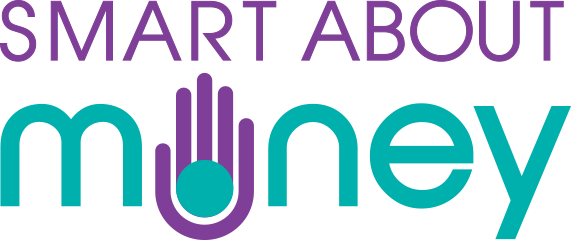Research shows that money habits are formed from a young age. Parenting is already an enormous responsibility, but teaching children how to manage finances responsibly is an important life lesson.
You can start by teaching your children the difference between a “want” and a “need”.
At a young age, they have no real needs to pay for which are essential to their survival, but they may feel the need to have spending money.
Giving your child an allowance gives them a sense of independence or security, as it becomes necessary for them to pay for certain items of their own, within limits of course.
As your children get older, you can teach them the importance of budgeting. There are five easy steps to do this.
Help them to allocate a portion of their allowance to saving (which is a good life lesson), a portion towards  valuable purchases (like clothing or electronics) and a portion for spending.
valuable purchases (like clothing or electronics) and a portion for spending.
Children need to learn to be realistic when determining how much they will allocate for each purpose. That way it helps them to stick to their plan.
Even if they only save 15% of their allowance, it instils a habit which could last them a lifetime. Read more: What is the difference between saving and investing?
Highlight the difference between instant, short-term satisfaction (like buying take-aways) and long-term gratification (such as buying a PC game).
They should understand that it is acceptable to go out and use their money to have fun, but they should be disciplined in how much and how often they spend their money on consumables.
It is always good for them to have something to show for their financial decisions later down the line, including a healthy savings balance!
The experience of opening their first bank account can be somewhat exciting for a child, especially when they  receive their own bank card. You can take them into your nearest branch and help them to understand the process.
receive their own bank card. You can take them into your nearest branch and help them to understand the process.
Allow the branch consultant to explain how the account works and the necessary fees that are applicable. This is an opportunity to teach your child about banking fees and the concept that services have a cost.
It’s also important to explain the benefits to them and what their banking fees provide them with.
Our children are growing up in an age where everything is digitally accessible. For teens who have mobile phones, there are many apps which they can use to track their spending. Help them to find one which suits them and is easy to use.
This will help them to identify how much they have spent over a period of time. A once-off R150 may not sound like much to them, but looking at a total of R900 over six months may help them to see things differently.
Make sure that you spend time helping your child see that saving counts. It is important for them to review  their spending and savings plan and see how much progress they have made.
their spending and savings plan and see how much progress they have made.
This helps them to stay on track and encourages them to continue being disciplined.
Ensure that their savings are in an interest-bearing account as this will help to show them the power of compounding interest and the reward they are receiving for their efforts.
Saving and budgeting is an essential life lesson which is best learnt early in life. It is small, consistent acts that become habits and can build into great rewards over time. Read more: Why budgeting doesn't have to be a bad word




